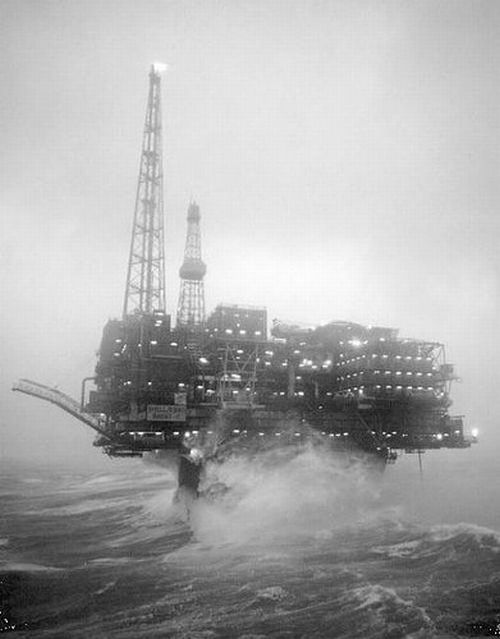|
|
Ship In A Storm
|
In 2004, 85,800,000 tonnes (84,400,000 long tons; 94,600,000 short tons) of fish were caught in the marine capture fishery. Anchoveta represented the largest single catch at 10,700,000 tonnes (10,500,000 long tons; 11,800,000 short tons). That year, the top ten marine capture species also included Alaska pollock, Blue whiting, Skipjack tuna, Atlantic herring, Chub mackerel, Japanese anchovy, Chilean jack mackerel, Largehead hairtail, and Yellowfin tuna. Other species including salmon, shrimp, lobster, clams, squid and crab, are also commercially fished.
Modern commercial fishermen use many methods. One is fishing by nets, such as purse seine, beach seine, lift nets, gillnets, or entangling nets. Another is trawling, including bottom trawl. Hooks and lines are used in methods like long-line fishing and hand-line fishing. Another method is the use of fishing trap.
• Weather vessels
A weather ship was a ship stationed in the ocean as a platform for surface and upper air meteorological observations for use in weather forecasting. Surface weather observations were taken hourly, and four radiosonde releases occurred daily. It was also meant to aid in search and rescue operations and to support transatlantic flights. Proposed as early as 1927 by the aviation community, the establishment of weather ships proved to be so useful during World War II that the International Civil Aviation Organization (ICAO) established a global network of weather ships in 1948, with 13 to be supplied by the United States. This number was eventually negotiated down to nine.
|
|









